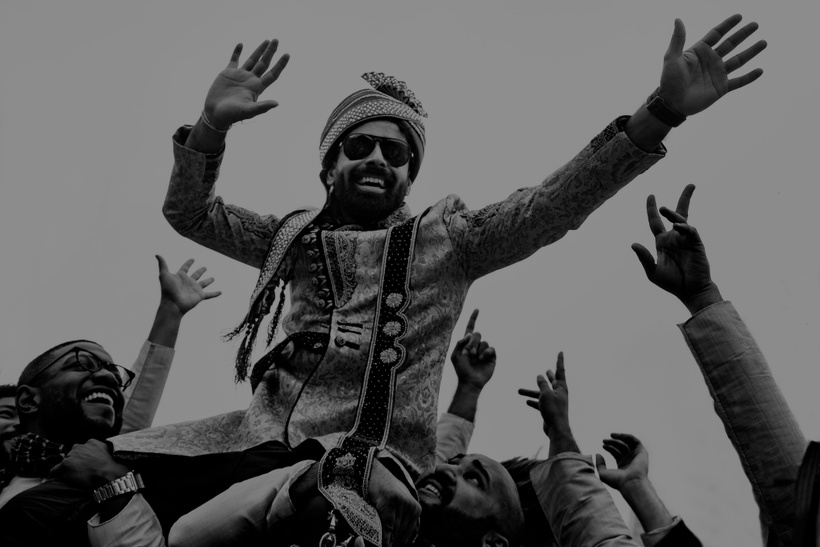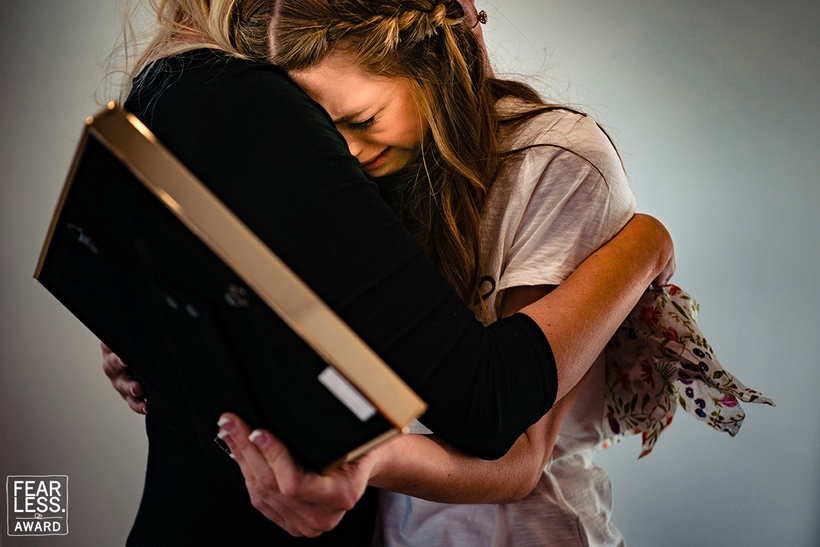When it comes to camera tech, I find that a lot of the features incorporated into cameras are nice to have. But, at the end of the day, they could disappear in the next model and I’d be just fine. Although, these five camera features have changed the way I shoot and I could never live without them.
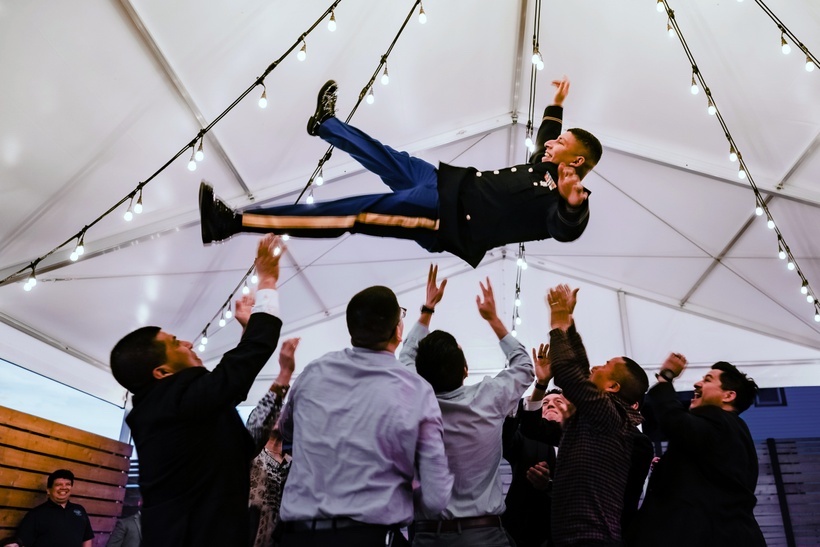
Auto ISO
When I first started shooting weddings, I was a manual-only shooter. I loved the idea of aperture priority, but I would always run into situations where my shutter speed would dip to low and my frame would be a blurry mess. Then, I found Auto ISO. I could now set a minimum and maximum ISO level for my camera along with a minimum shutter speed. So now, I can shoot aperture priority and, if my shutter needs to drop below 1/250th for my desired exposure, the camera will automatically raise my ISO. It does this to maintain the lowest ISO while also maintaining my set aperture and minimum shutter speed of 1/250th.
Another added bonus with this feature is that you can set a custom button to quickly change this minimum shutter speed (at least on my Sony cameras). This way, if I’m shooting a low light scene with not much movement, I can set a slower shutter speed in order to achieve a lower ISO. This is all without needing to dive into settings or changing over to manual.
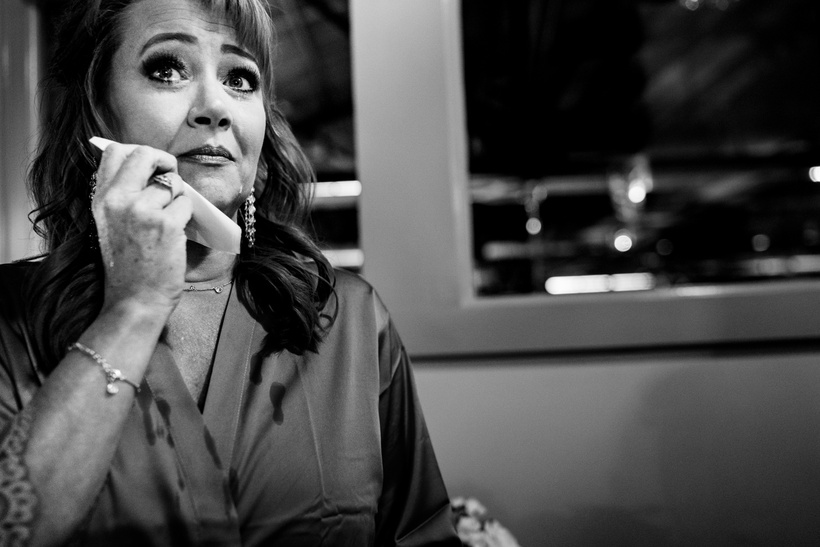
The reason I love shooting this way is that, from a documentary perspective, it’s way faster. I can shoot a bride in direct sun and quickly grab a moment in the shade without a second thought. The camera’s auto exposure features get me 90% of the way there. Then, I can fine-tune the exposure compensation dial to get exactly what I want from there.
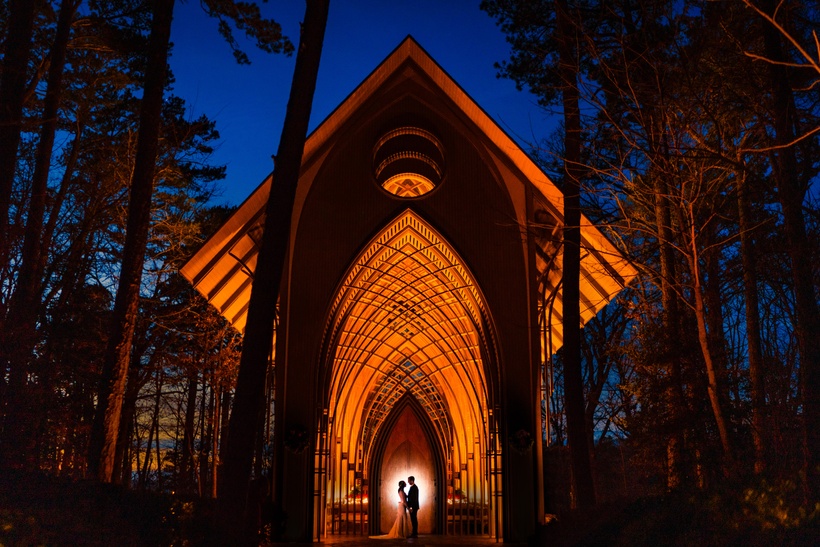
Live View
Now that we have talked about Auto ISO, we can dive into Live View — specifically, Live View with no limitations. Let me explain. Back when I shot with the Nikon D750, I could get an exposure preview from the back screen. But doing so would give you severely limited Auto Focus. So, for anything moving, you couldn’t use Live View.
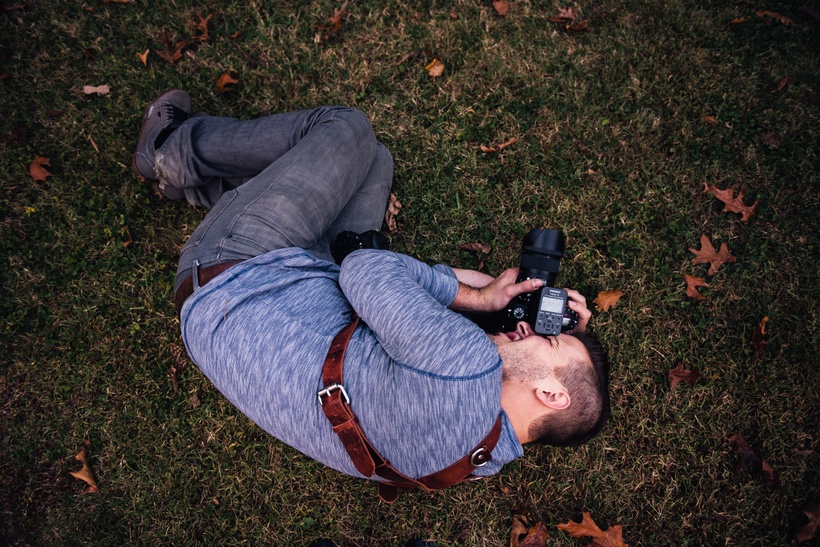
Now, with any recent mirrorless camera (and some DSLRs), there are no limitations to using Live View. The camera works at 100% whether you use the viewfinder or the back screen. This is a perfect feature when paired with shooting Auto ISO because you see what your image will look like before you press the shutter. So even though the camera has its dumb moments when it comes to choosing an exposure, you can dial the exposure compensation up and down to get instant feedback. This lets you shoot Auto while still being able to fine-tune your exposure.
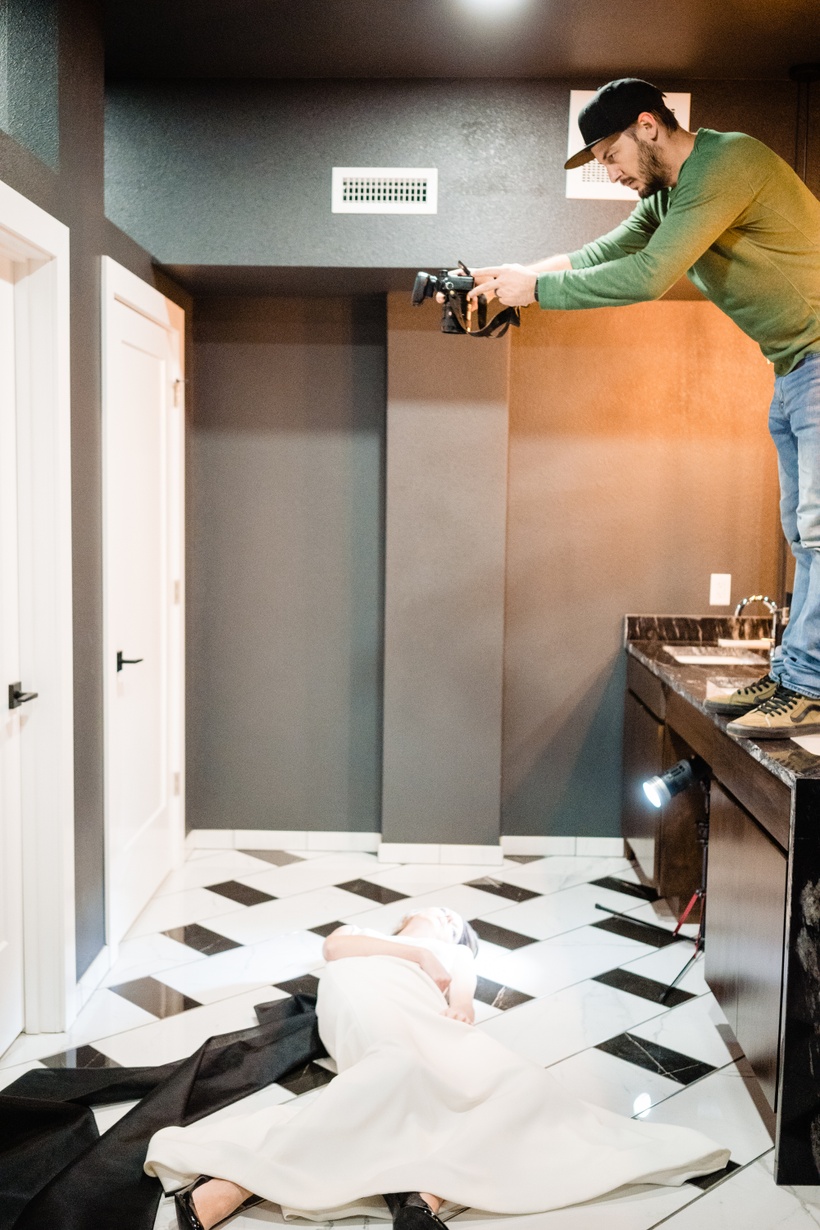
There is also something special that happens when you can visually see the way your camera sees. This makes it so much faster to learn the way light falls onto a subject because you are looking at the scene through the limited dynamic range of the camera instead of your own two eyes. Adjusting the exposure compensation up and down lets you quickly see how the light and shadow of a scene are being handled by the camera.
High-Speed Sync
Working with flash can be somewhat of a struggle, especially when you have to constantly juggle your sync speed with what you actually want to shoot. In the past, you would have to carry ND filters to combat the sun while maintaining a low aperture. But with high-speed sync, you no longer have to worry about it. You can simply dial in your ambient exposure and then adjust to your desired flash power. While using high-speed sync can lower your effective flash power, the newer strobes such as the Godox AD200 give enough power for almost any situation.
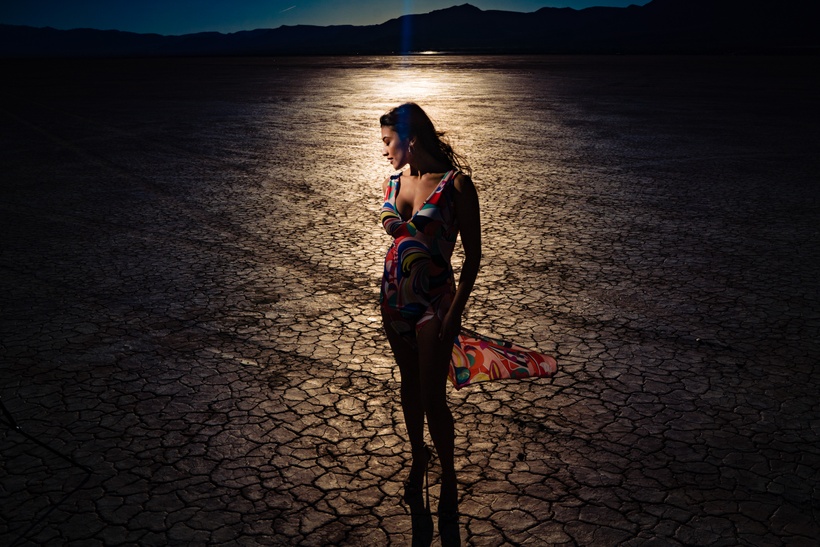
Silent Shutter (specifically with the Sony A9)
Silent shutters are something more recent with mirrorless technology. The problem with most cameras is that you can get something called rolling shutter when dealing with moving subjects. As the image is being scanned from the sensor, the subject is moving faster than the image can be read. So, moving arms can look bowed and bent, and cars can look warped and skewed.
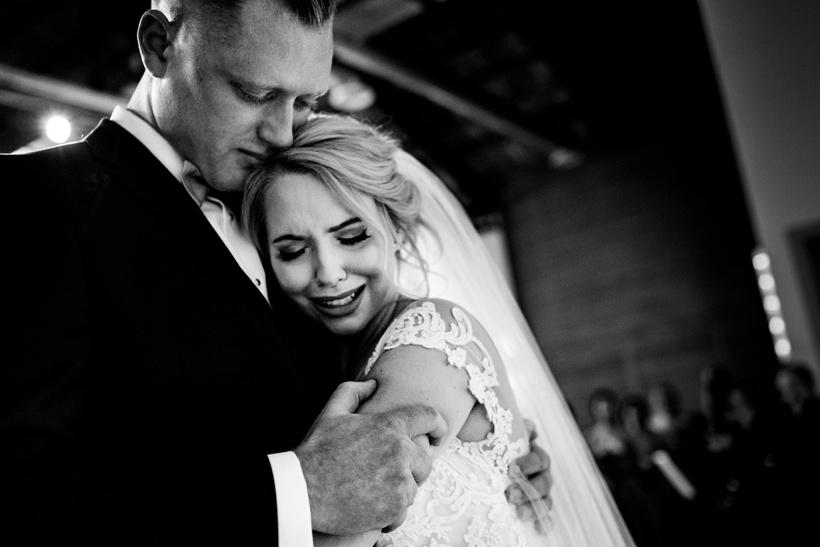
With the Sony A9, the read speed is so fast that you don’t get this rolling shutter effect. You can shoot in full silence without any worry. When documenting intimate moments on a wedding day, this is an invaluable feature. You can sneak up close to a moment and never be seen or heard.
Real-Time AF
This is another feature from the Sony A9 that has not only made shooting so much easier, but it has also made the number of in-focus images I get significantly higher. This real-time autofocus can essentially track any moving subject across almost the entirety of the frame. It uses pattern, color, distance, contrast, along with the Sony Eye-Af feature, to track a subject. I can essentially put my AF point on anything I want and it will track it through the frame with amazing precision.
While this is an amazing feature to have when shooting moving subjects, what’s so nice is not having to move my AF points around. I simply put the AF point on the subject and focus. While focusing, I’m free to recompose my frame without needing to worry about whether the subject will be where an AF point is. I also know that if the AF can see an eye, then it will auto revert to lock onto the eye of the subject. If the subject turners away from the camera, it will continue to track based on all the other criteria until the camera can see an eye again. I almost never have to even think about focusing, which frees up my mind to pay closer attention to the images.
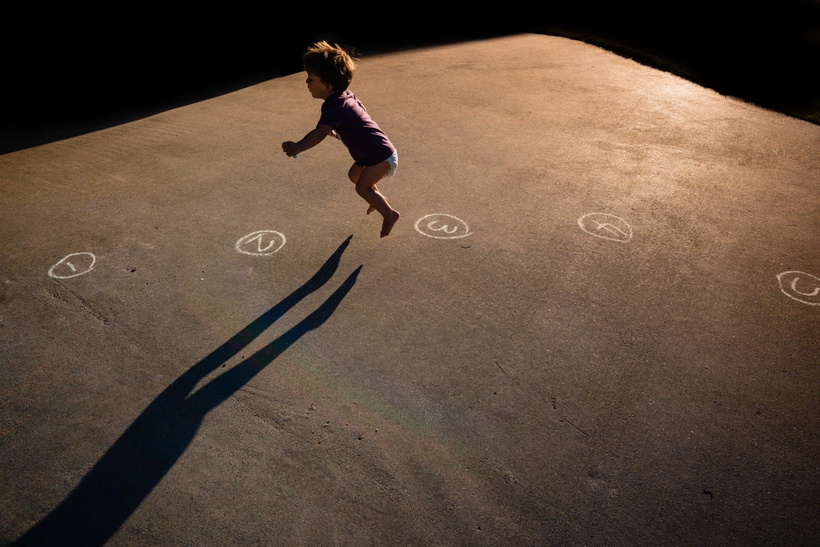
Conclusion
These features are now deciding factors to any future camera I may or may not buy. The process of using these features has now been ingrained into the way I approach and analyze a scene. While I will always want these features in a future camera, and you may have a similar list for yourself, it’s also important to be open minded to future technologies. I’ll never want to take a step backward, but I’m still excited and eager to see how cameras progress.
Article and Photos by Jason Vinson

